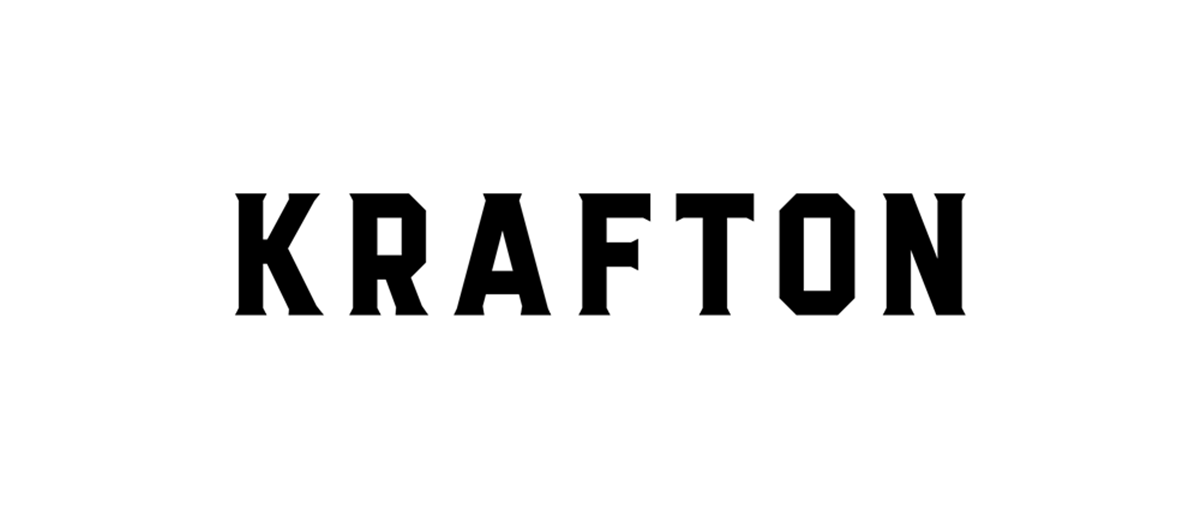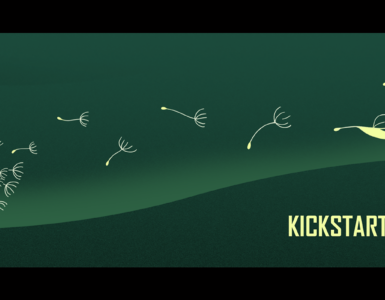An interview series of KRAFTON Creative Center – Pt. 2
Would games and characters be able to embody a world that interconnects between a virtual world and the reality? Under KRAFTON’s Creative Center, Creative Interactive Dept. aims to create an interactive virtual world that users can enjoy and interact with. How can we define the world that Creative Center seeks to make, and how far can it reach? Read onto the following interview with Jinwoo Ryu, the lead of Creative Interactive Dept., and Dabin Jung, the lead of Creative Cinematic Lab, to get some hints from their ideas.
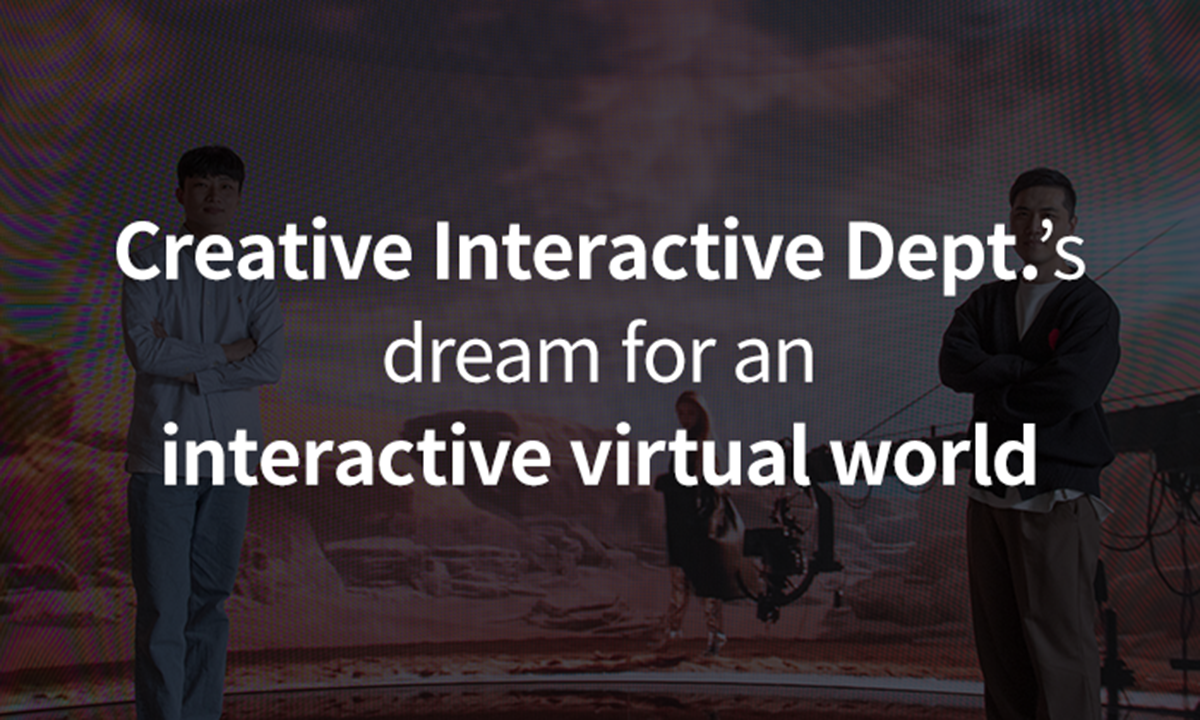
Nice to meet you. Could you introduce yourself to our readers?
Jinwoo Ryu (Ryu): Hi. I’m Jinwoo Ryu and the lead of Creative Interactive Dept. and Virtual Interactive Lab. Before joining KRAFTON, I used to work as a senior art director in an advertising agency, working on interactive campaigns in which we communicated with the users and provided them with hands-on experiences.
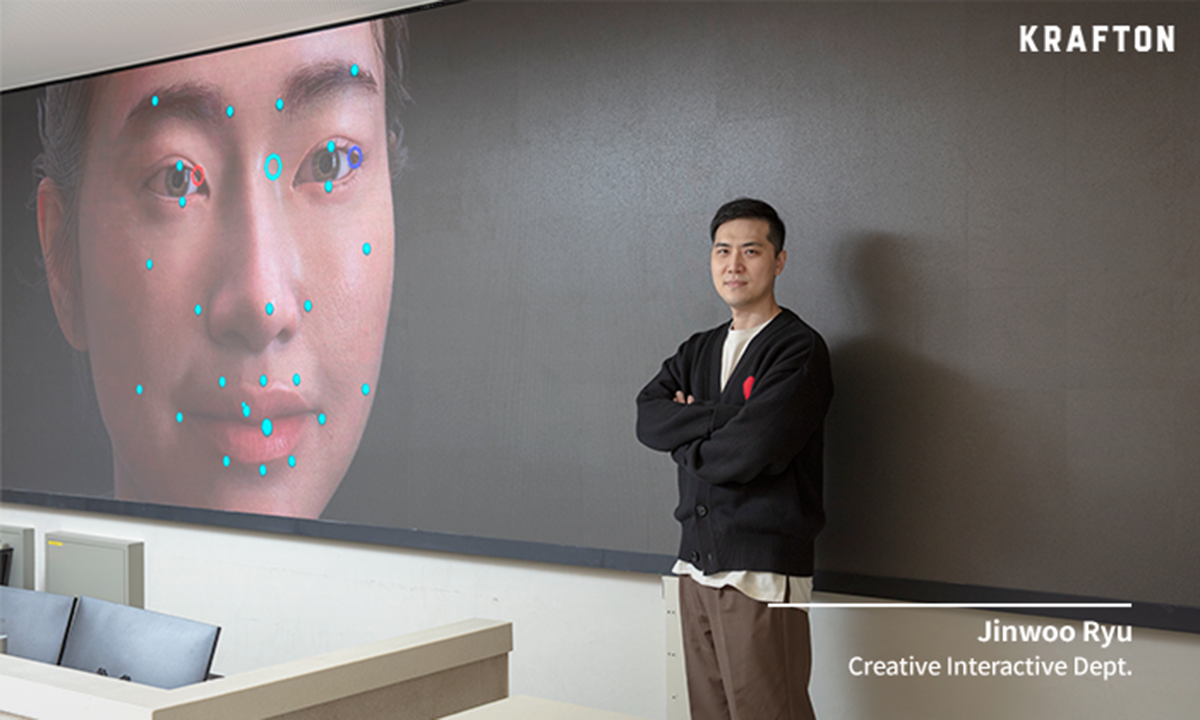
Dabin Jung (Jung): I’m Dabin Jung of Creative Cinematic Lab Team. I worked on the VFX sector in the movie industry for a long time before joining KRAFTON. I participated in various projects for movies both at home and abroad, game cinematics, drama and anime.
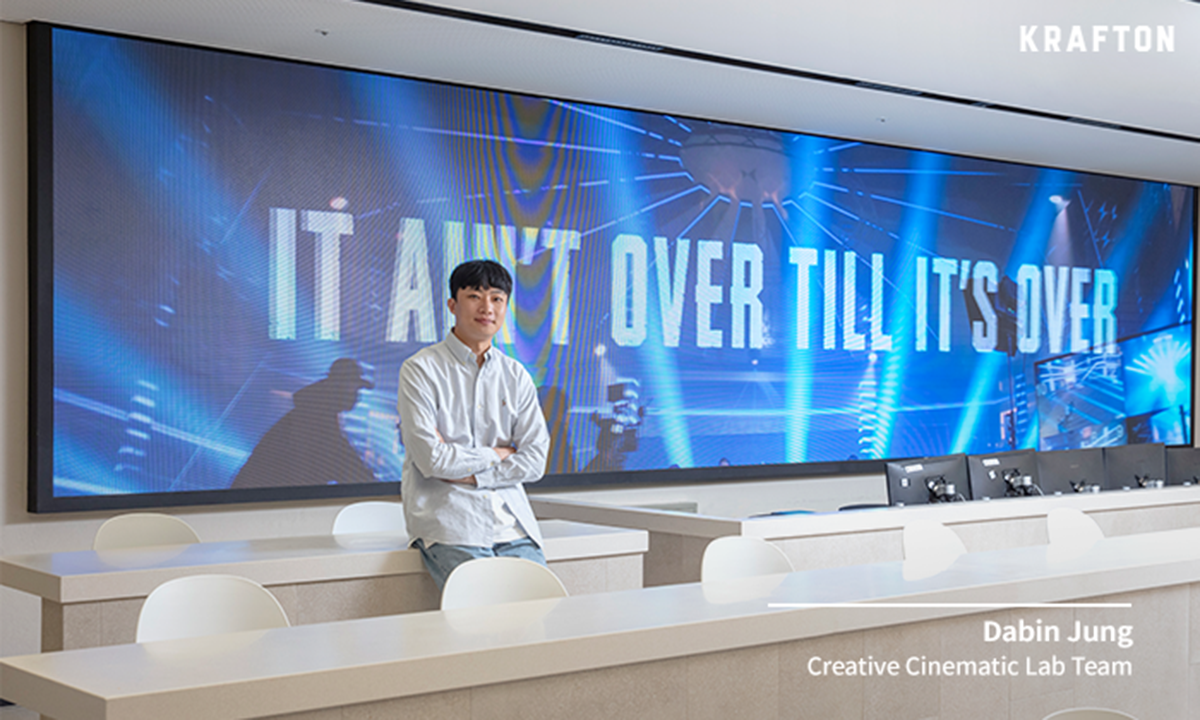
What are the roles of Creative Interactive Dept.?
Ryu: As it was already mentioned in the latest interview, Creative Center has two pillars. One is Brand Creative that focuses on KRAFTON’s intellectual properties (IP), and the other is Creative Interactive, which is what we do. Creative Interactive Dept. has two teams, Virtual Interactive Lab and Creative Cinematic Lab. The former works on the interactive projects, tech-driven projects and some new creatives that give unprecedented and interactive experiences like virtual human.
Jung: Creative Cinematic Lab produces trailers and game-related videos in cinematic touch and quality. In other words, we produce contents that touch the hearts of game lovers.
What’s the difference between ordinary trailers and cinematics?
Jung: You can distinguish them by the existence of storytelling in the content. When we make a cinematic video, we try to create attractive characters and build a large world in which the characters exist. If you think of why our organization’s name contains “Lab,” you might be able to understand what I mean. As we try to involve narratives in a high-quality graphic video, we need continuous R&D efforts.
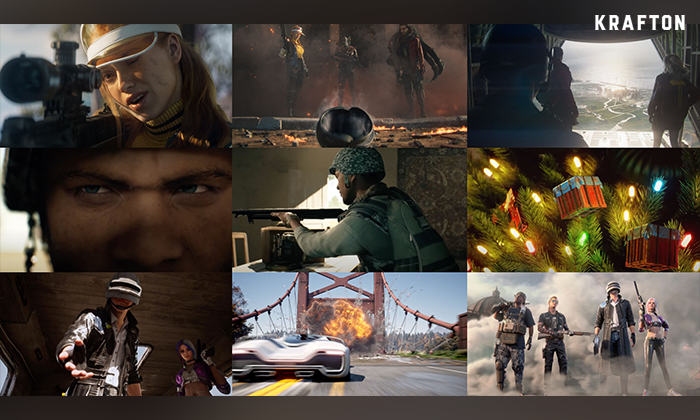
It sounds like a very complicated process of combining technologies and stories.
Ryu: You’re right. We have several Creative Producers in Creative Production Team as well as continuity writers, copywriters and concept artists for complex storytelling. What I’d like to highlight is that we have all manpower required to produce a cinematic video by ourselves in Creative Center. The whole process from R&D, designing, processing, pipelining to producing can be accomplished within Creative Center.
Jung: “By ourselves” is the key here. When we work with subcontractors, we cannot accumulate our experiences as data. As the borders between game, video and entertainment get more blurred, the importance of data that we’ve compiled in the past projects gets bigger. As we expand our database by doing things by ourselves, we can keep ourselves improving.
I guess members of Creative Interactive Dept. have come from very different fields, am I right?
Ryu: Yes. One of my teammates helped create several mega-size YouTube channels. We also have people from copywriters as well as art directors and creative directors from advertisement agencies. Of course, we also have people who used to develop games.
Jung: Creative Cinematic Lab also have people from different industries such as advertisement and movie, now working together for the establishment of our pipeline and system. As many of them already peaked at their own areas, we adopted the agile methodology instead of the waterfall. Since we all are experts of our own fields, we’re trying to make ourselves free to suggest ideas.

Considering Creative Interactive Dept. has hired many specialists, KRAFTON seems to be very serious about building its interactive virtual world. What do you think the reason is?
Ryu: Though it sounds so obvious, I think it’s one of the ways that KRAFTON’s preparing for the future. Nonetheless, KRAFTON is not just following the trends. If the company wanted something like that, it would have done it already. I think our role is to polish the contents exquisitely, putting the responses into consideration and looking for new ways to communicate with the users and freshness/uniqueness of our creatives. As the company’s name “KRAFTON” embodies “craftmanship,” we’re stepping forward in this direction. We believe we should set the global standards in this.
Honestly, it’s not easy to envision the interactive virtual world clearly. How far can the world expand?
Ryu: Literally, an interactive virtual world means a virtual space which you can interact with. In this world, we can now experience everything by transcending the time and space and tearing down the borders between media. We can now experience things that we used to believe was possible only from the offline spaces such as movie theaters, showrooms, travel destinations, concert halls and sports stadiums even more vividly and seamlessly. Suppose you are attending a virtual human’s concert in a virtual world. You can set the song’s language according to your location, making the experience feel more tailor-made to you. I believe that at the center of the expansion of such interactive virtual worlds is our own technologies and creatives.
KRAFTON is said to work on creating “hyper-realistic” virtual human. What does it mean?
Jung: Anyone who knows how to use the Unreal Engine may create a virtual human of a similar quality. I think the technology is not an essence here. Elements like actual humans, such as personal characteristics and living spaces are all included in the concept of hyperrealism. I believe we can enhance our competitiveness only when we consider these aspects, not just the technologies.
Ryu: Hyperrealism is a concept not just for virtual human. In games, for instance, the sounds of footsteps when someone’s following you, the sound of a bullet breaking a window, and the trajectory of bullets when they are fired are all included in hyperrealism. I think the ability to draw something different on a white paper is the creative, and the ability of realize hyperrealism. Therefore, we pay attention even to the small things like the characters’ gestures and motions, as a small detail leads to a big difference.
Do you mean hyperrealism is like giving a creative, human-like story for the character?
Ryu: When people say a character is “like a real human,” it might mean human-like skin and facial expressions. But we consider a character hyper-realistic when it looks imperfect, making mistakes like humans do. When someone shows his or her dancing skills gradually improved with occasional mistakes, not dancing perfectly from the very beginning, we call it human-like. Our competitive edge is giving our virtual human such creative details.
In that sense, “A Lucky Day,” a PUBG: BATTLEGROUNDS’ cinematic video released in January, was very impressive.
Jung: We focused on the storytelling that our users can sympathize with, not just the high quality in terms of technology. We elaborated on a newbie character, putting on the vest and the helmet that the PUBG: BATTLEGROUNDS newbie players usually wear and making its looks and motions awkward. When these kinds of videos get viral, they can attract new users and bring the old fans back. That’s why we believe cinematic videos are very important.
You mean well-made cinematic videos play their part, right?
Ryu: We always need proper R&D efforts to create good cinematic videos. So, we always dig into new technologies when they are released. And when we conclude that it might worth give it a try, we make a video based on the new technology and release it. The PUBG Esports 2022 trailer is an example that we tried out the virtual production as a part of our R&D.
Which positions in Creative Interactive Dept. are open for hiring?
Jung: We need cinematic modelers who can produce high-quality characters, and cinematic animators who would produce 3D animation (Keyframe, Motion Capture). We’re looking for people who can proactively appeal his or her ideas. As many media agencies are usually subcontractors, many from the industry tend to be passive in this matter. But it would be not easy to work in Creative Interactive Dept. in such a way.
Since Creative Interactive is a very diverse department, it might be difficult to make yourself stand out unless you know how to make your own voice.
Jung: You’re right. One should keep on trying to be more proactive, continuing to make new challenges. If you are seeking for craftsmanship, wanting to create hyper-realistic contents and set the global standards in this industry, you’re always welcomed.

That could be a requirement that is even harder to fulfill for the applicants compared to specific technical skillsets.
Jung: John Lasseter, one of my favorite animation directors, said: “The art challenges the technology, and the technology inspires the art.” I think the art and the technology should continue to coexist. As the technology changes very fast these days, we want a kind of people who embrace new changes and who adjust themselves to the current trends.
Lastly, how would you describe creative in one word?
Ryu: I’d like to call it an “experience.” If I can the users and the viewers feel something “brand new” from the creative content that I make, I believe it’s a success. It’s like we prefer travelling abroad to some domestic destinations for new experiences.
Jung: I regard a creative a “challenge.” I think it’s a sum of all challenges for new technologies, challenges for new creatives, challenges to win the sympathy, challenges to communication and so on.


